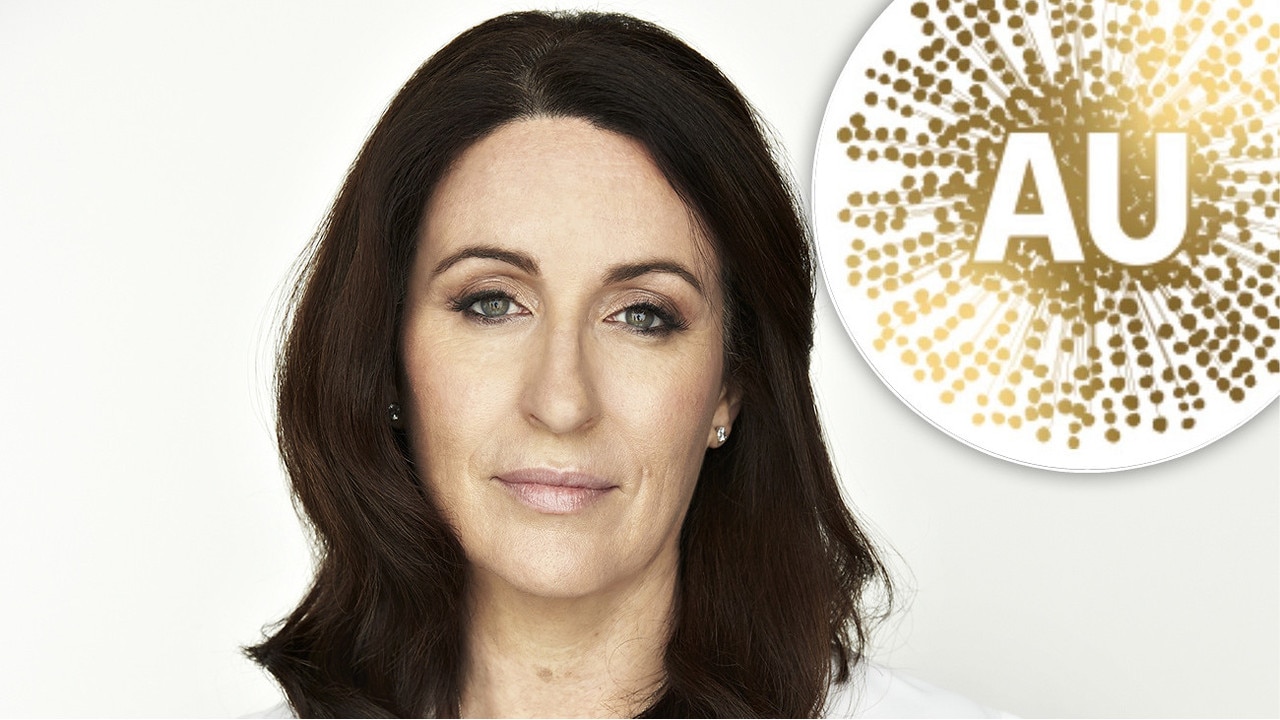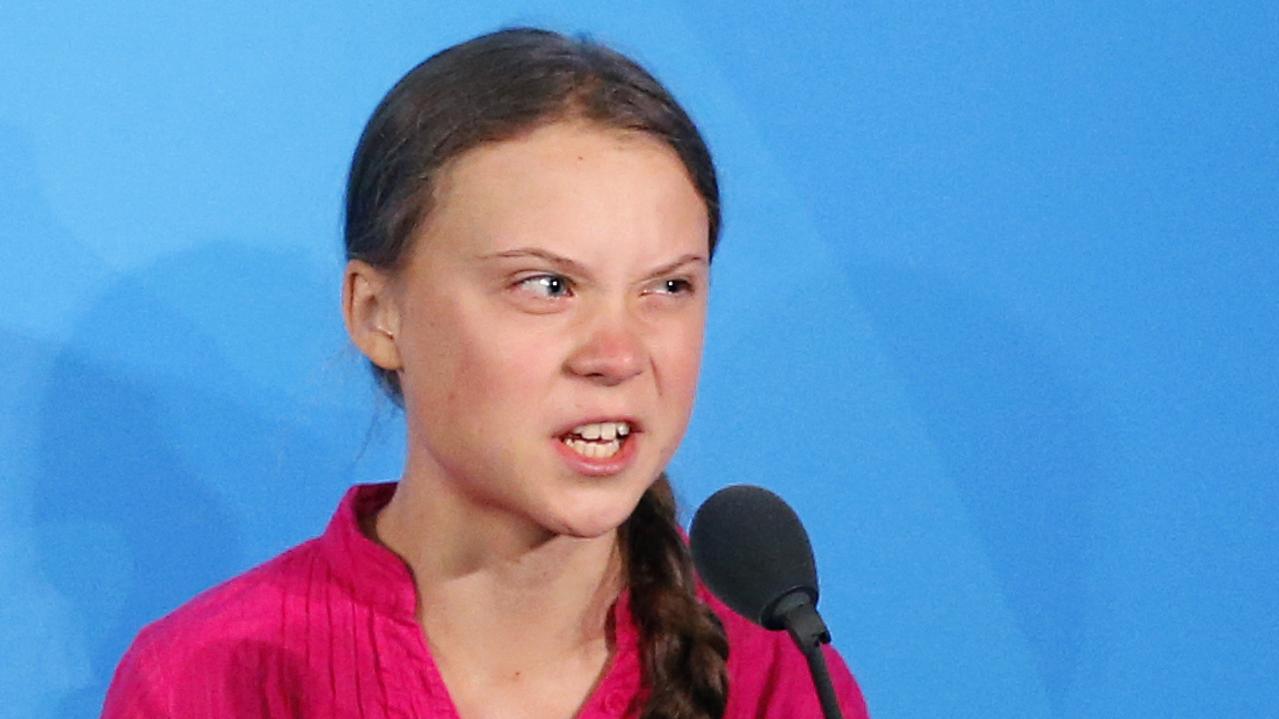Let’s not write off Labor’s Queensland power just yet
If the federal election results are anything to go by, it seems the sunshine state has well and truly picked its team. But don’t be fooled so easily or quite so fast when it comes to matters of the state, writes Paul Williams.

Rendezview
Don't miss out on the headlines from Rendezview. Followed categories will be added to My News.
Every Aussie kid growing up in 1970s, when parents didn’t helicopter over every childhood experiment, knows what eventually happens when playing with a slingshot.
Pull the rubber band back too far and the stored kinetic energy breaks the band and sends it flying into the user’s face. How kids escaped serious injury is beyond me.
I’ve been pondering pent up energy since the Coalition’s surprise election win. And while many now reject any likening of this year’s result to the Coalition’s shock loss in 1993 — Bill Shorten’s tinkering around the tax edges was nothing like John Hewson’s total reform package, they say — the comparison still stands.
RELATED: State Labor tries to present united front
My point is that 1993 — like the 1958, 1966, 1980 and 2004 federal elections — saw an antsy electorate just itching to change a government running low on energy and ideas. But voters in those years ultimately didn’t change their vote because one big factor — perhaps an unelectable opposition leader or an unappetising policy — weighed more heavily on their minds than any desire for change.
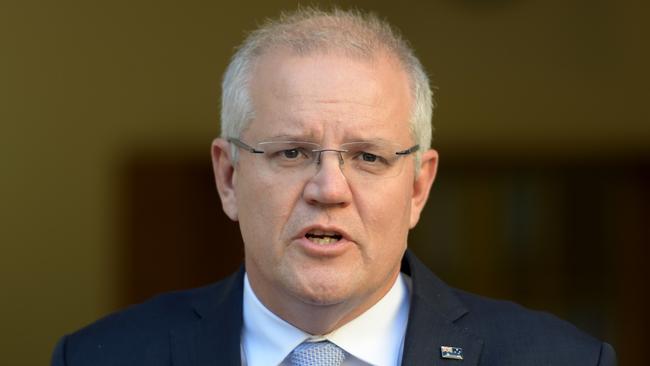
In 1958, voters tired of Liberal Robert Menzies resisted the temptation to change largely because Labor’s Doc Evatt had lost the plot. Similarly, voters in 1966 looking for renewal after 17 years of Coalition government felt fighting the Vietnam War was more important. Voters weary of Howard in 2004 also kept their powder dry because of Labor’s mercurial Mark Latham. And in 1993 voters gave grudging support to Paul Keating because Hewson’s GST was simply toxic.
RELATED: Labor’s federal election loss has put the Palaszczuk government in a hairy position
In short, each of these years saw the rubber band of electoral tension drawn back but not released. Held there in voters’ trembling hands — drawn even farther back over the three more years — the band finally released with the vigour of years of pent-up frustration.
By 1961, for example, Evatt had been removed and, with him, the electorate’s last reason not to vote Labor. That election saw Labor enjoy a 4.6 per cent swing. Similarly, in 1969, Labor — now without an objectionable Arthur Calwell and a hard left agenda — saw a 7.1 per cent swing from an electorate now frustrated by a tired Coalition.
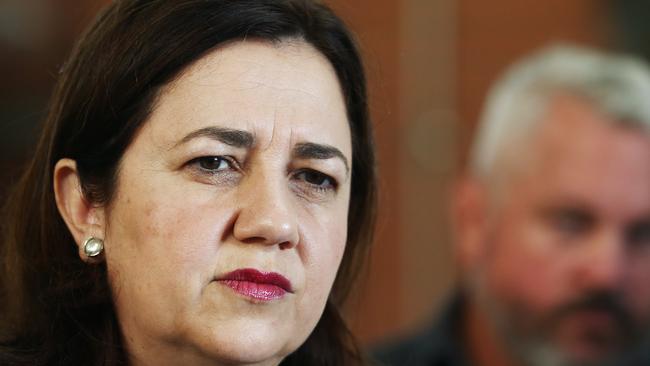
In 2007, voters now free of Latham delivered Kevin Rudd government with a 5.4 per cent swing. And, in 1996, John Howard thrashed Labor in a 5 per cent swing three years after the “recession election” Labor should always have lost. Morrison should therefore worry about the electoral physics of an electorate that wanted change in 2019 but couldn’t release the rubber because of Shorten tax changes. By 2022, the stored energy of swing — released by a popular Anthony Albanese — could sting the Coalition like no other.
RELATED: Ineffective government and bland opposition is no good for Qld
But electoral physics don’t always work, and that’s never truer than at state level. And that’s why I urge the Queensland LNP to calm itself before salivating at the prospect of the recent 3.1 per cent swing to Morrison being replicated at the 2020 Queensland state election. Even if repeated, state Labor wouldn’t exactly be decimated. But it would lose nine of its 48 seats and, with them, government. Premier Palaszczuk’s problem is that six of Labor’s seats are held by margins under 2 per cent. A mere electoral flick from voters’ rubber bands will see Labor topple.
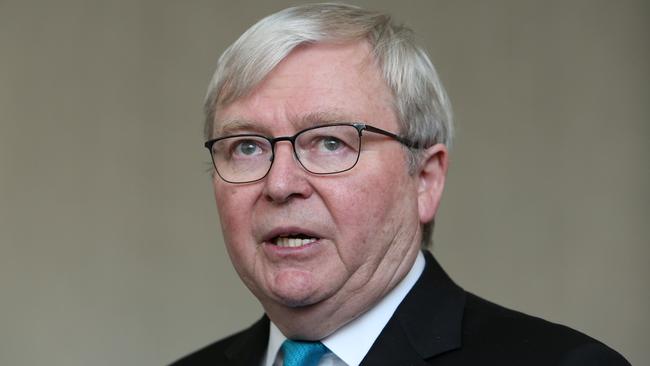
But while Labor will enter the 2020 race as underdogs, an LNP victory is hardly assured. Just as ask LNP founder Lawrence Springborg who lost three elections.
First, and perhaps most critically, LNP leader Deb Frecklington has failed to cut through with (especially) Brisbane voters where so many Labor seats are found. No conservative opposition can seize government in Queensland without capturing its capital city. It’s therefore likely Frecklington — representing farming interests — will, like Springborg, fall short in Queensland’s southeast. Put bluntly, Brisbane will never again vote for a farmer: a truism that may yet see Frecklington challenged for the leadership by a southeast MP.
Second, despite many a critic’s cynicism at Palaszczuk’s volte-face on the Adani mine, Palaszczuk will win back much (but not all) blue-collar support in provincial Queensland by at least appearing to move the mine forward.
Third, those same blue-collar voters in regional Queensland, annoyed at Labor for too few jobs for their school-leaving kids, will think twice about shifting to an LNP that — Labor will allege — still carries a privatisation policy in its top pocket. Yes, coal mines might yet come with privatised electricity.
In sum, anything can happen over the 17 months before a Queensland election that might yet see the major parties led by Jackie Trad and David Crisafulli. Watch this space.
Dr Paul Williams is a senior lecturer at Griffith University

